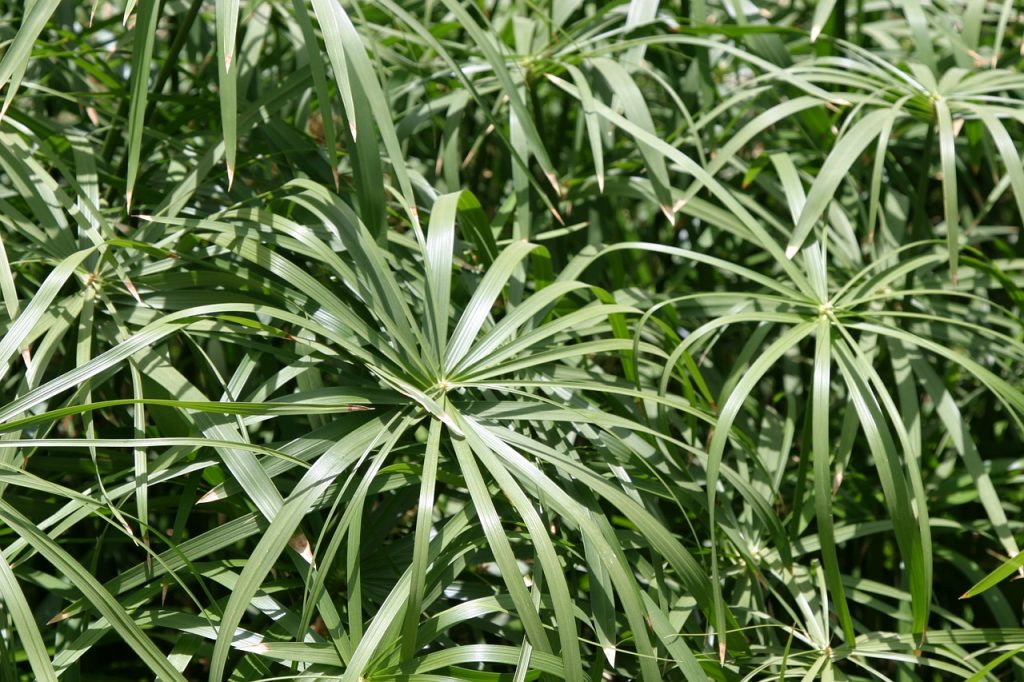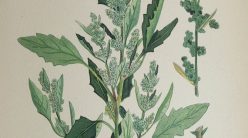Houseplants offer lots of benefits to homeowners. They can bring a little green to snowy winter months, they add some cheer and they also are just pretty. One of their best uses, however, is in cleaning indoor air.
With our modern, energy-efficient homes and the prevalence of toxins in our manufacturing processes, indoor air is likely to be even more polluted than outdoor air these days. Sources of toxins in our air include everything from fabric softeners to carpet cleaners to plastics to crop dusters in the fields near our homes. Cancer-causing volatile organic compounds (VOCs) are in our paints, varnishes, fabrics and furniture, and they can lead to everything from asthma to headaches to Chronic Fatigue Syndrome.
The good news is that some houseplants can really help eliminate them, using a process called metabolic breakdown to convert these chemicals into energy, among other methods.
Scientists have found that all houseplants purify indoor air to some extent, but some plants do an especially good job of removing harmful toxins. Some plants work eliminating certain toxins better than others, too. One might be particular good at ridding the air of formaldehyde (likely to be highly present in your air if you have new carpet or lots of particle board materials in your home) while another might be great at reducing benzene levels (likely to be high in homes that have been exposed to pesticides and cigarette smoke).
Here are the ten best houseplants for purifying air, along with photos and information about which chemicals each plant is best at removing.
Aloe plant
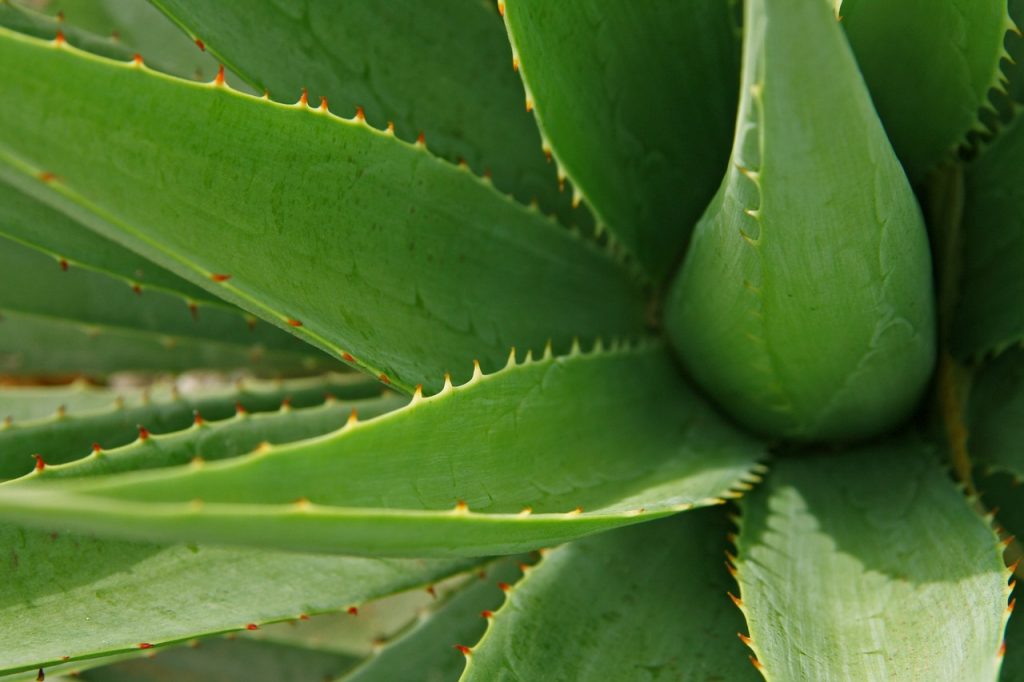
This succulent is known for being a great natural treatment for burns (simply cut a leaf and rub the juice on the burned area). Fewer people know that it also helps purify the air. It is especially effective at removing formaldehyde, a harmful chemical that’s present in particle board, carpets, flame retardants and much more.
Mums (Chrysanthemum)
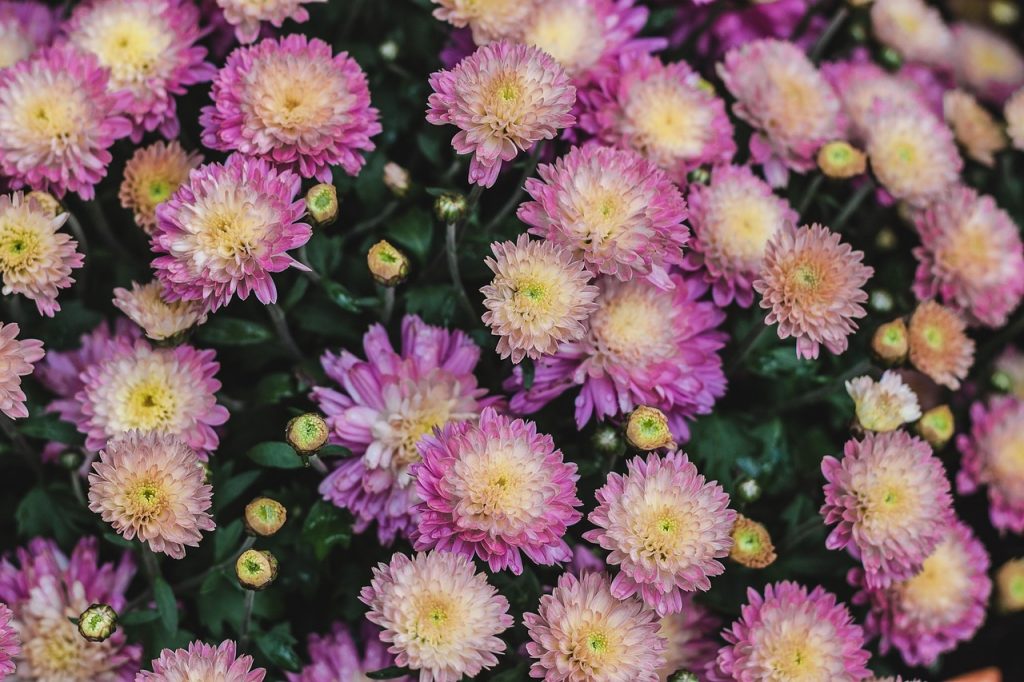
While these flowering plants are commonly used outside, they are extremely beneficial inside when it comes to removing benzene and trichoroethylene, a chemical used by the dry cleaning industry and in printing inks, paints, varnishes, and adhesives that is considered to be a potent liver carcinogen. Keep mums in a location where they will receive a lot of light. They may not bloom all year, but they will help your home’s air all year.
Note: mums are poisonous.
Devil’s Ivy or Golden Pothos (Epipremnum aureum or Scindapsus aureus)
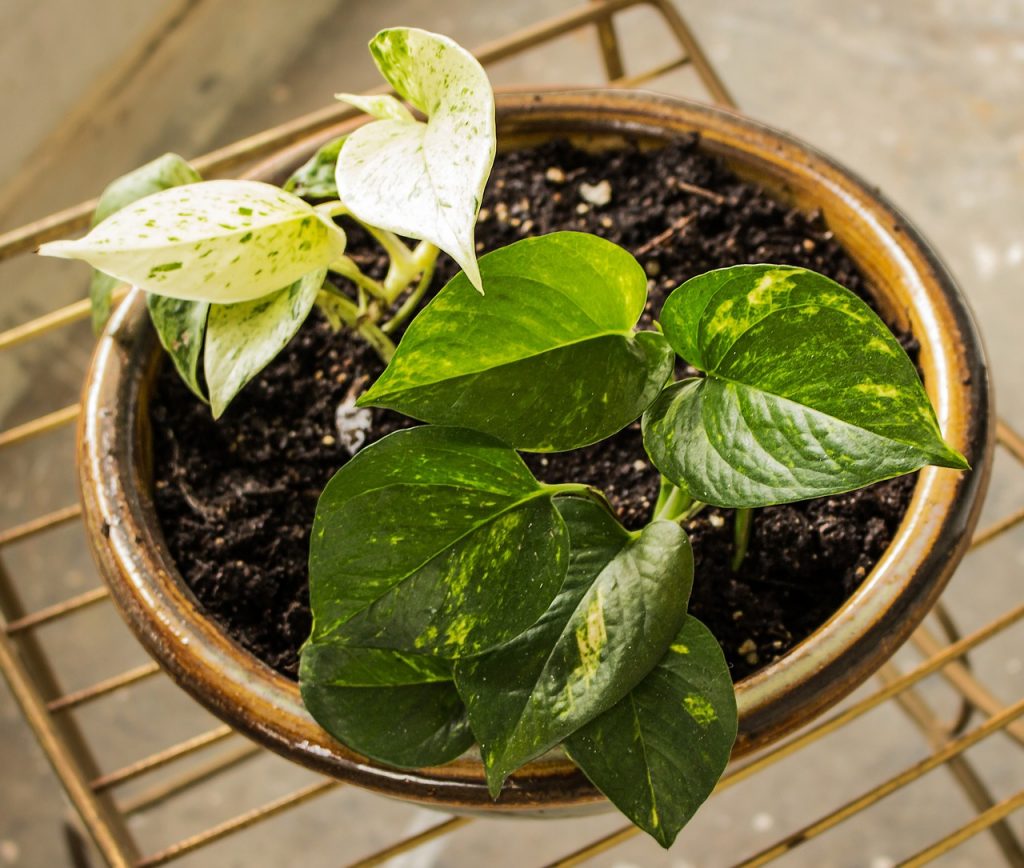
This hanging plant is one of the most common in homes, particularly because it’s so easy to grow. You can also easily take cuttings and root them to start new plants or share with friends. NASA studies showed that Devil’s Ivy was one of the best plants for removing formaldehyde from the air, among other chemicals.
Ficus

These plants are easy to grow, make attractive small potted trees and also help purify the air from many irritants and chemicals, including ammonia and formaldehyde.
Gerbera Daisies
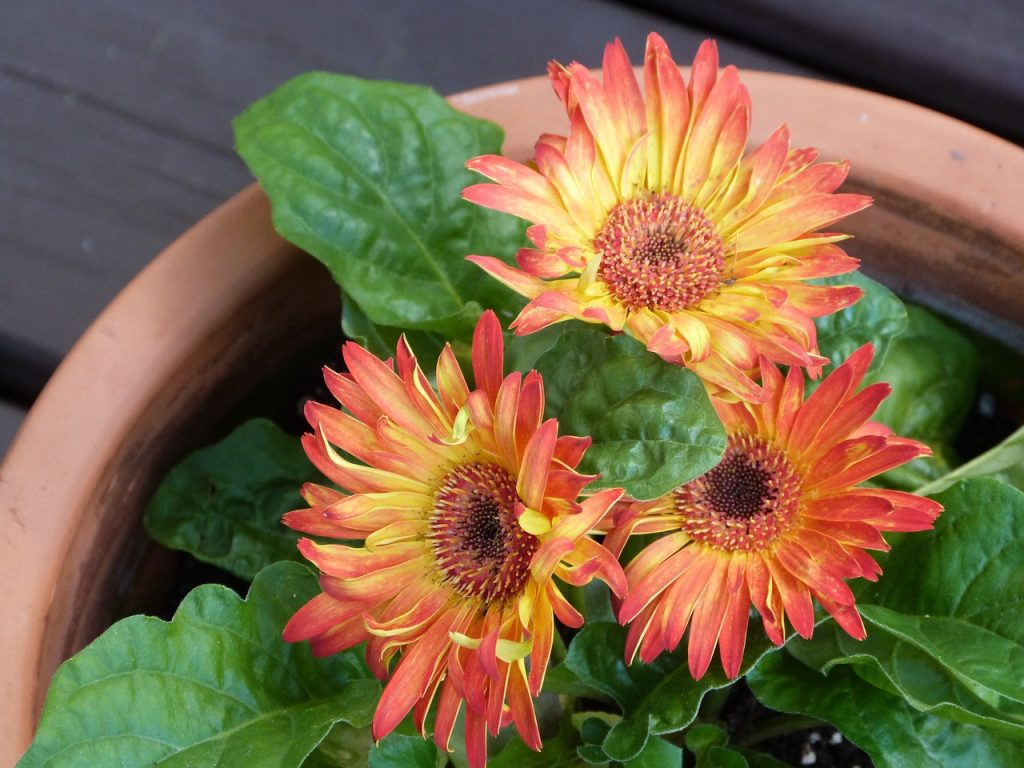
NASA studies showed these plants to be some of the best at removing benzene, a known carcinogen that can also cause headaches, drowsiness, loss of appetite and other health problems. Sources of benzene include inks, dyes, plastics, rubber and detergents and other common household products. They prefer bright light and work well in a sunny window.
English Ivy (Hedera helix)
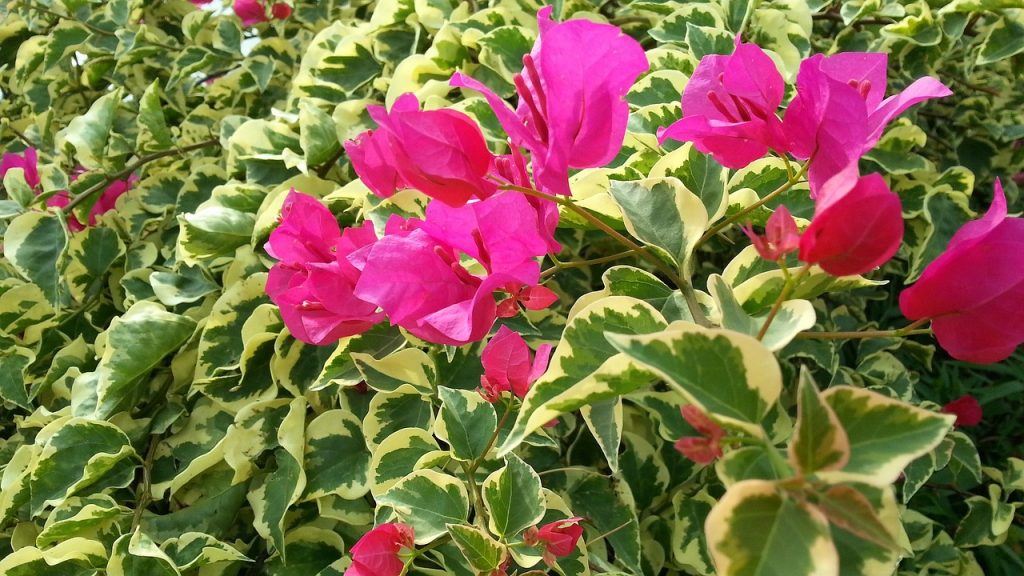
Another hanging plant that’s easy to care for, this one also purifies well. It is considered one of the best all-around at counteracting off-gassing chemicals and contributing to balanced indoor humidity.
Note: English Ivy is poisonous.
Areca Palm
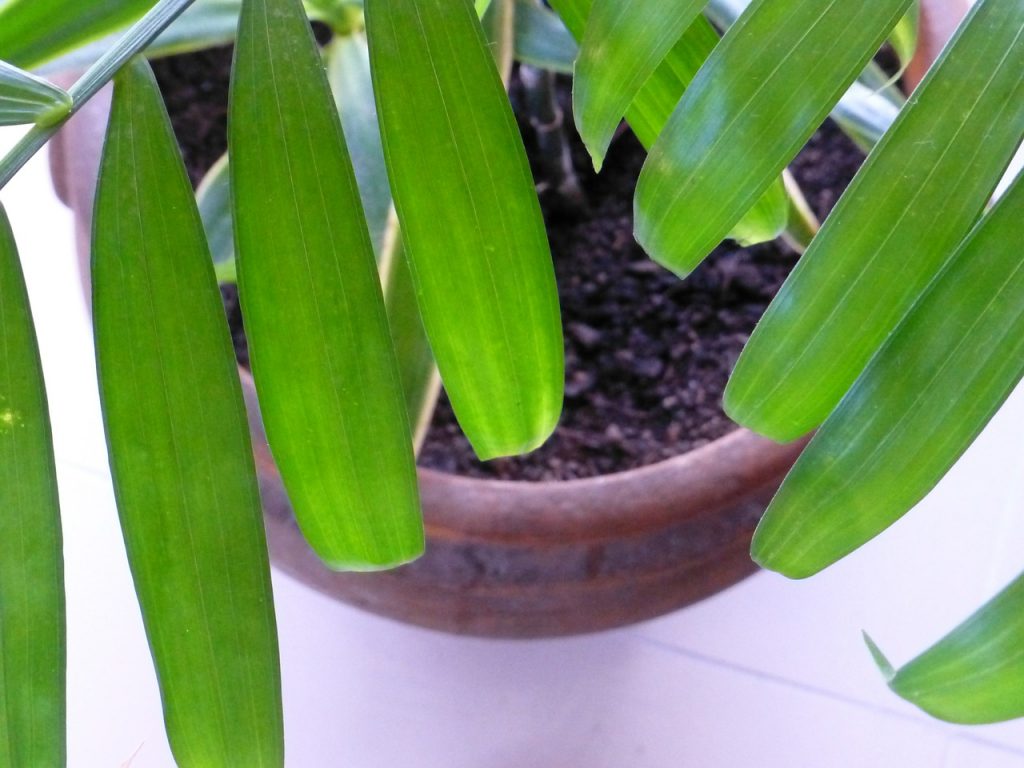
The top air purifying plant as ranked by NASA’s study is the Areca palm tree. It removes all indoor toxins that are tested and is also considered the best houseplant for humidifying the air. Areca Palms prefer bright sunlight.
Boston Fern
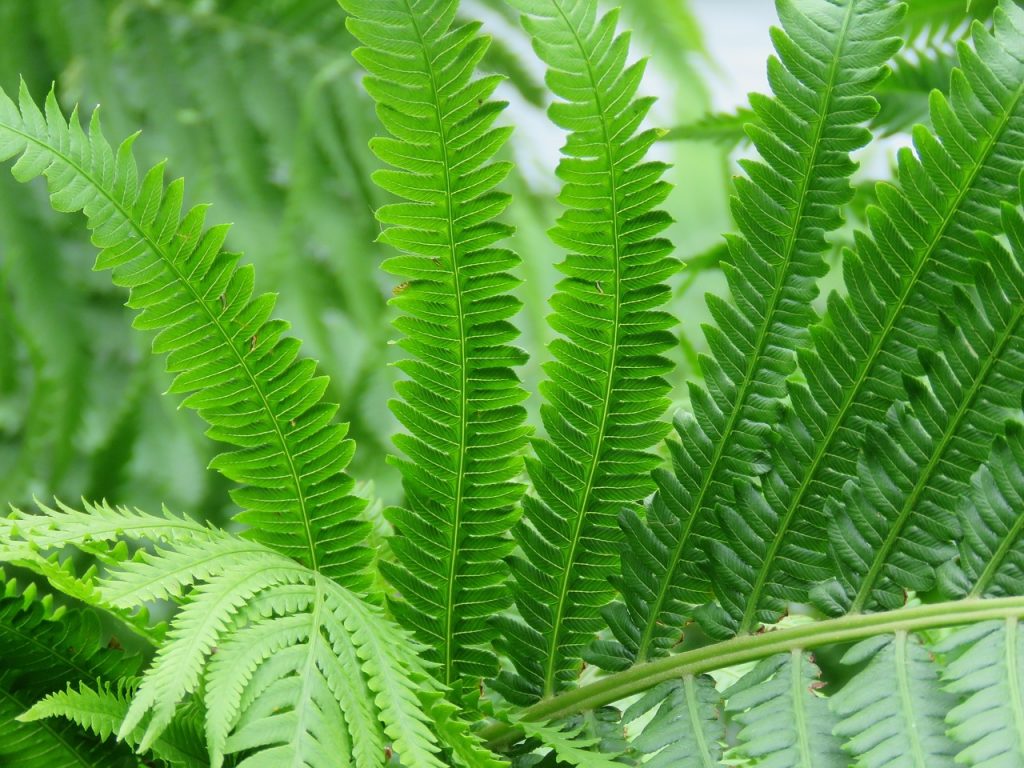
This easy-care hanging plant removes many contaminants, including benzene, formaldehyde and xylene. Wisegeek reports:
It is estimated that common Boston ferns can remove a full 1,800 micrograms of formaldehyde from the air per hour. This means that placing the plants in a room can virtually eliminate formaldehyde that may be introduced through off-gassing.
Philodendrons
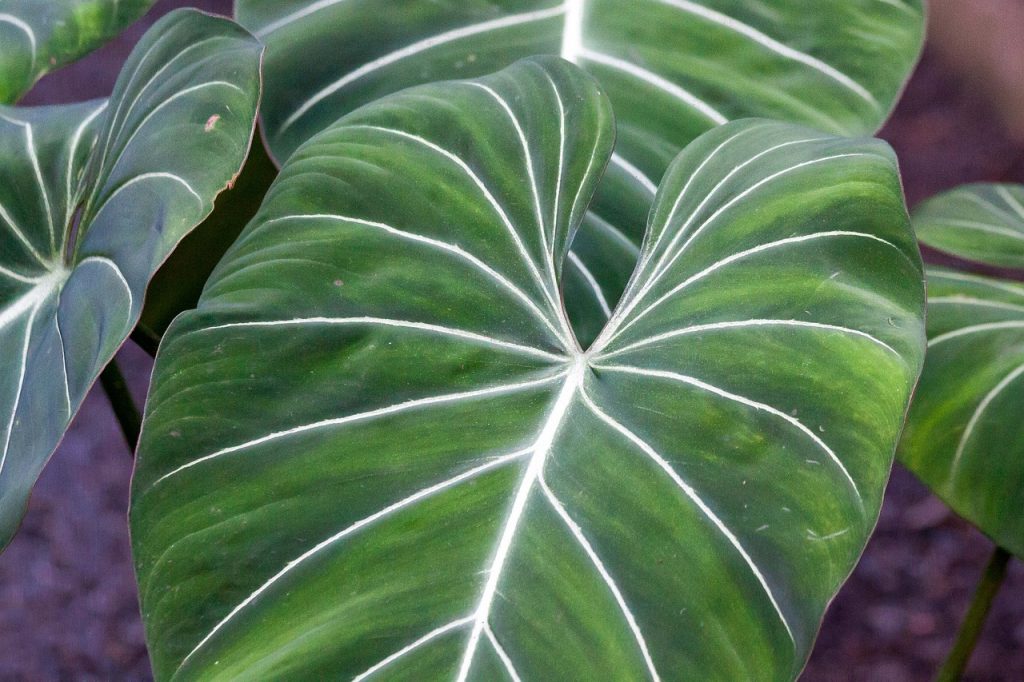
NASA studies found that these commonly loved hanging plants were the most effective at removing higher concentrations of formaldehyde (aloe was best when concentrations were low).
Note: philodendrons are poisonous.
Spider plants (Chlorophytum comosum)
This plant is widely loved by homeowners because it’s easy to grow and makes a great hanging plant. It is also one of the best plants for removing formaldehyde, among other harmful chemicals.
All houseplants are also effective at improving the health of your home’s air in other ways such as reducing carbon monoxide, humidifying the air and increasing oxygen.
Keep plants away from drafts, which inhibit their air cleaning abilities.
How many plants do you need? As a general rule, aim for about one vigorous plant per 100 square feet of living area or 2 to 3 plants for a moderately sized room. For a typical 1,800 square-foot house, The University of Minnesota recommends 15 to 18 houseplants in 6- to 8-inch pots.
You may want more if you have more sources of pollutants, such as new carpet or furniture, recent paint jobs, a newer home or many items made out of plastic and pressboard (particle board).











